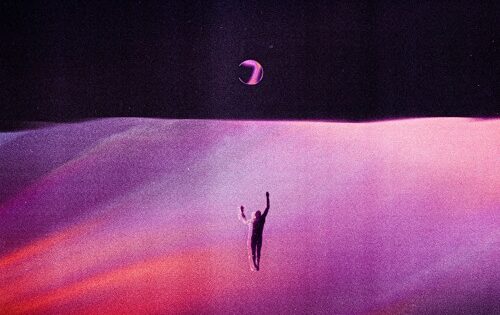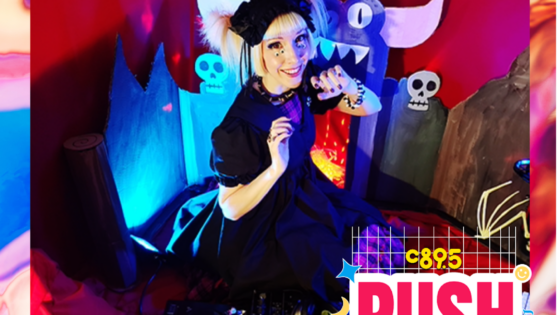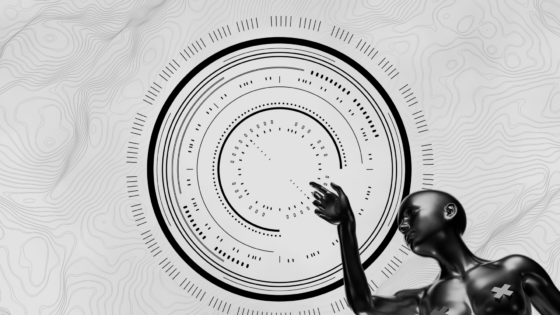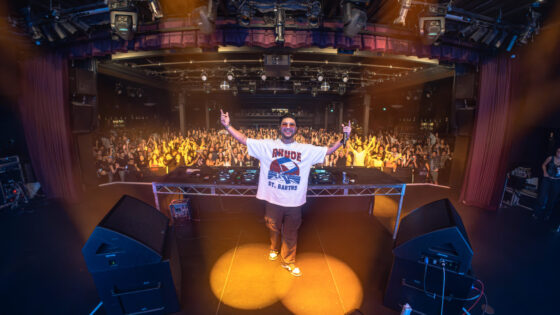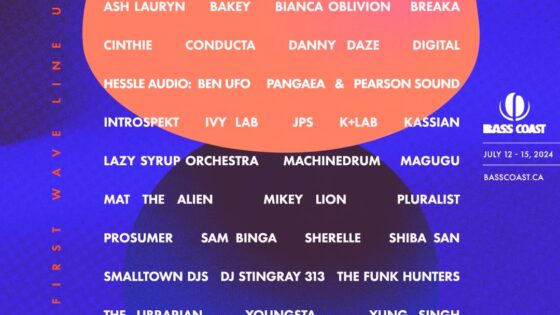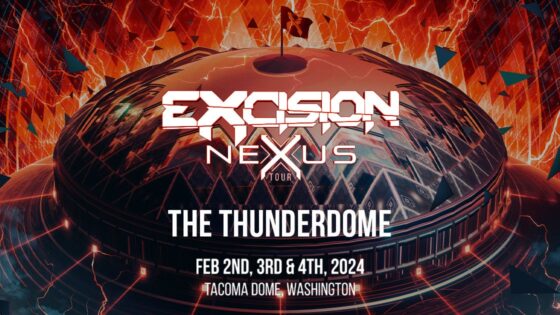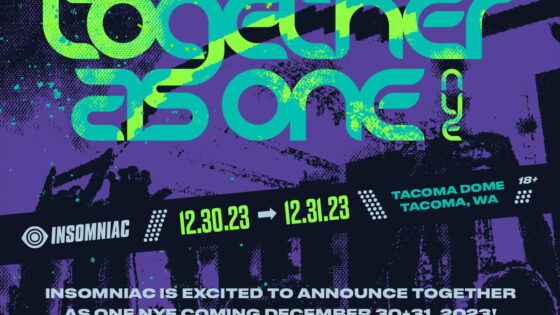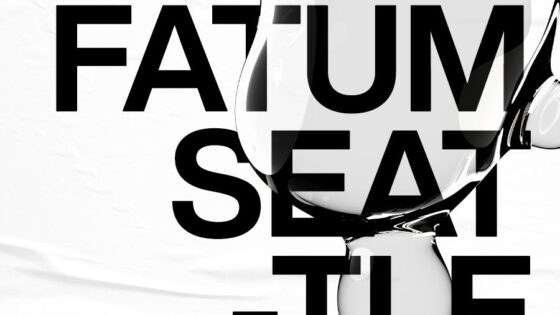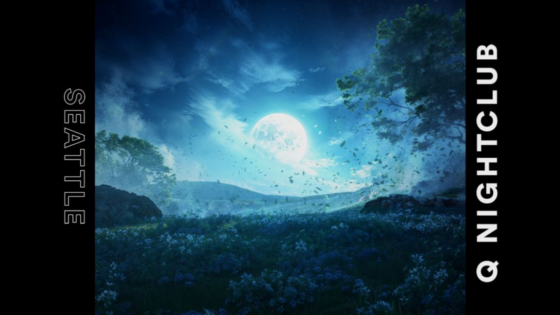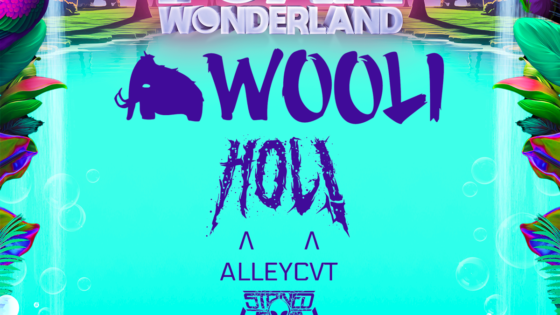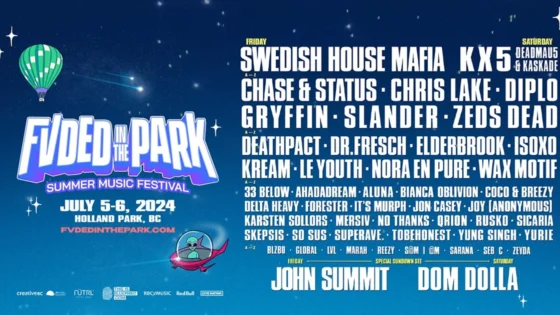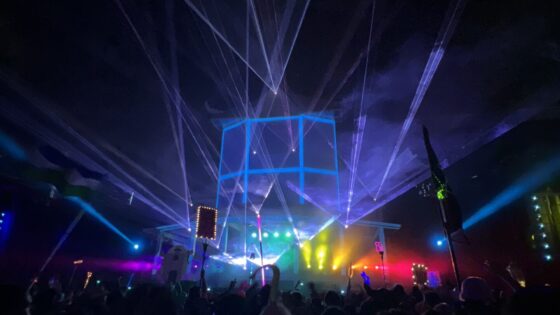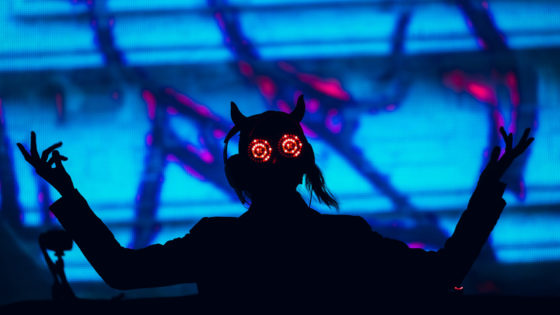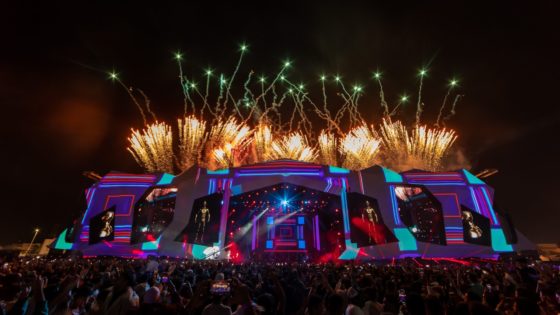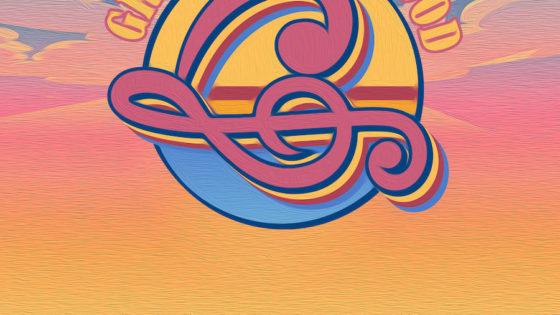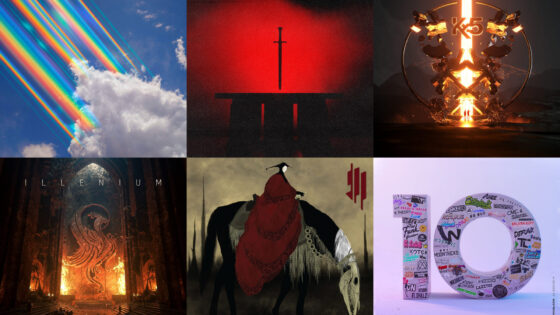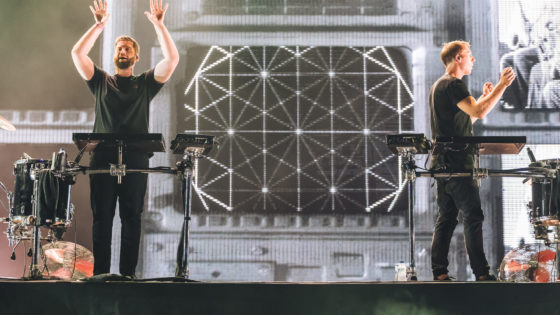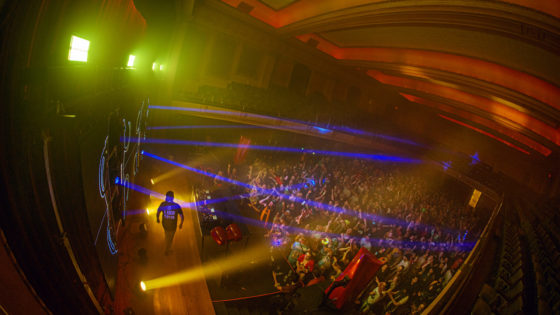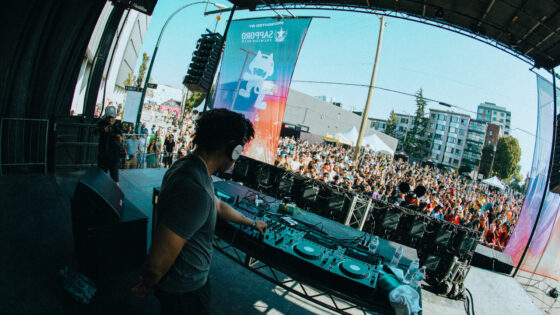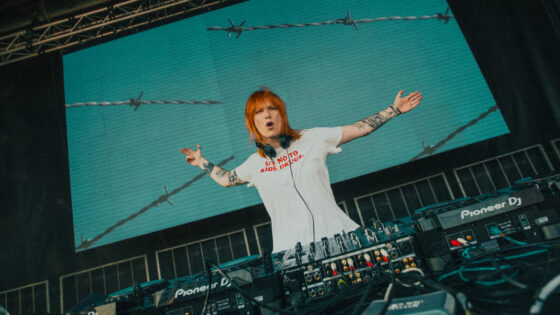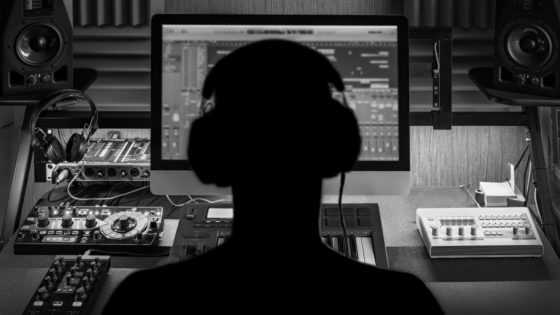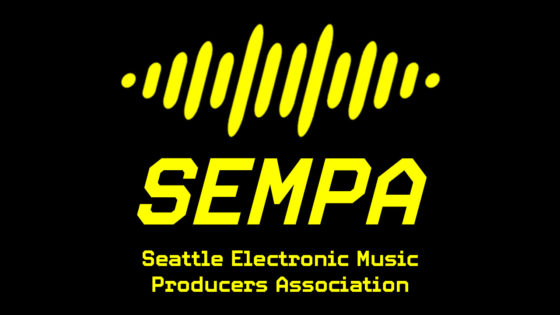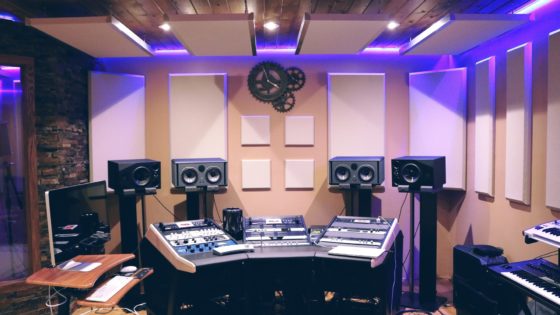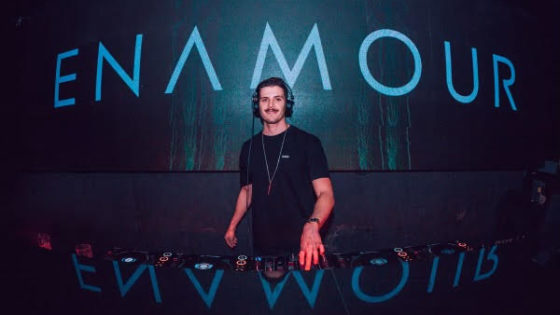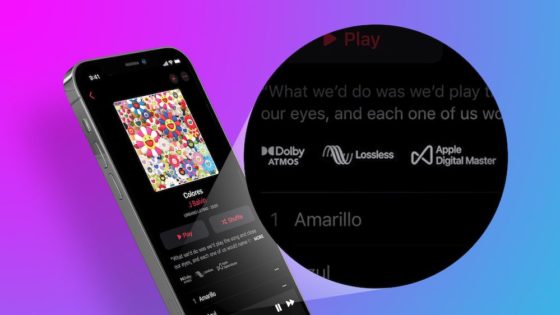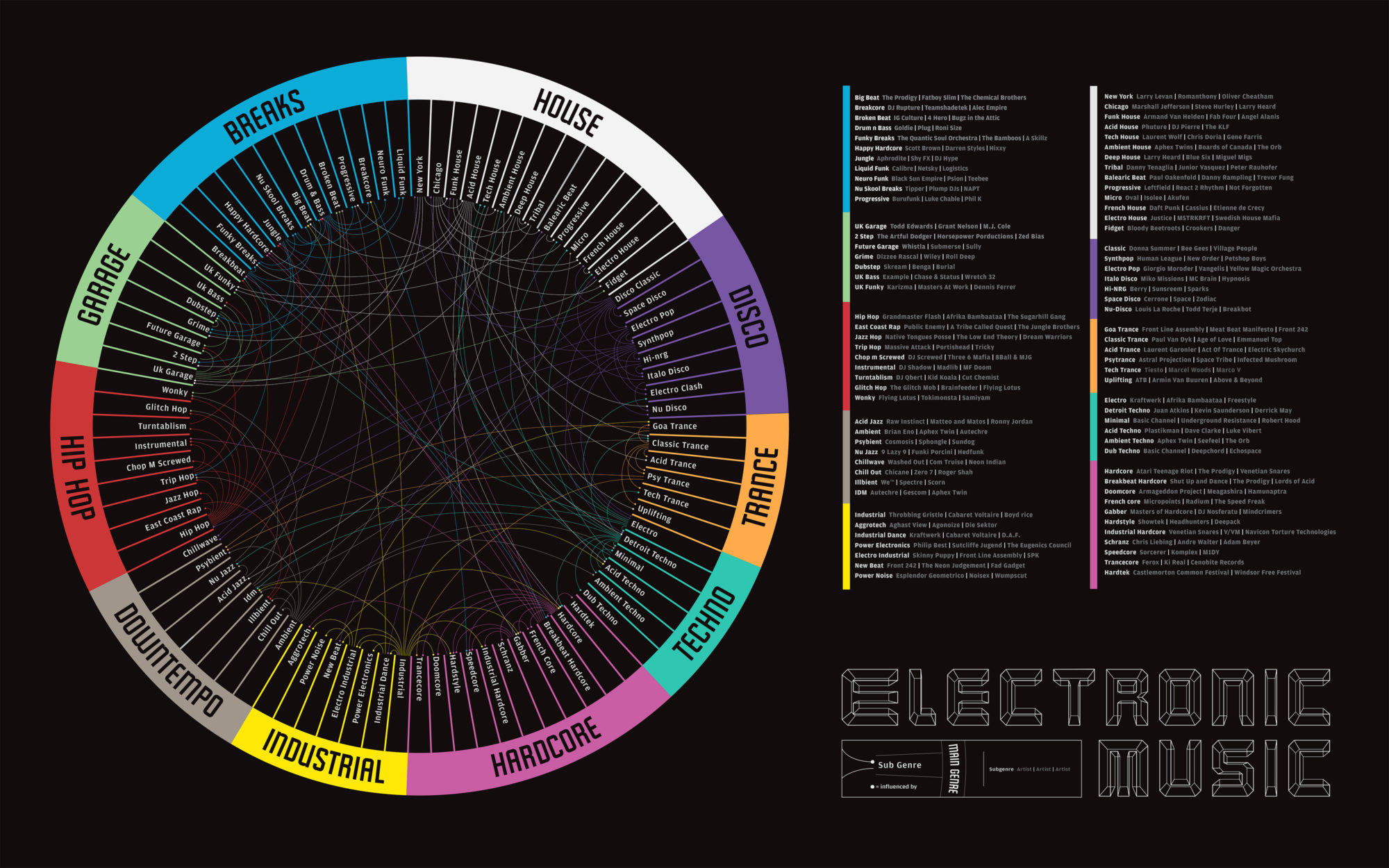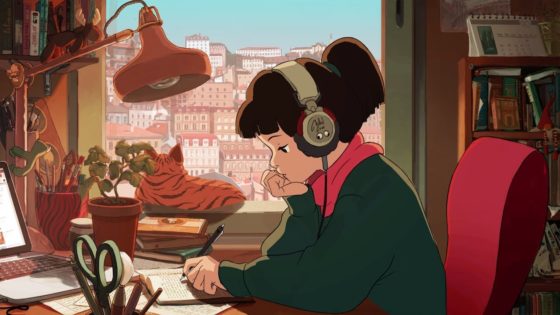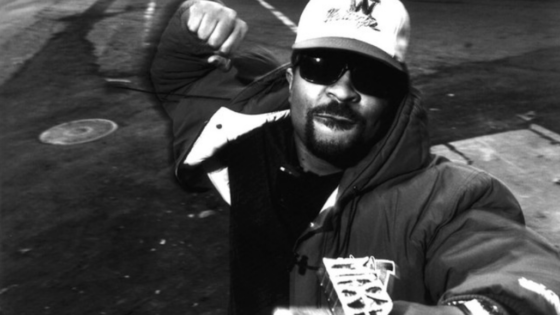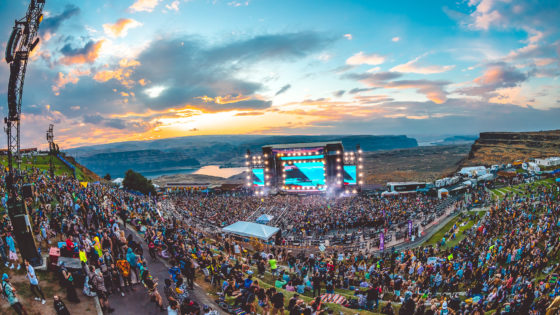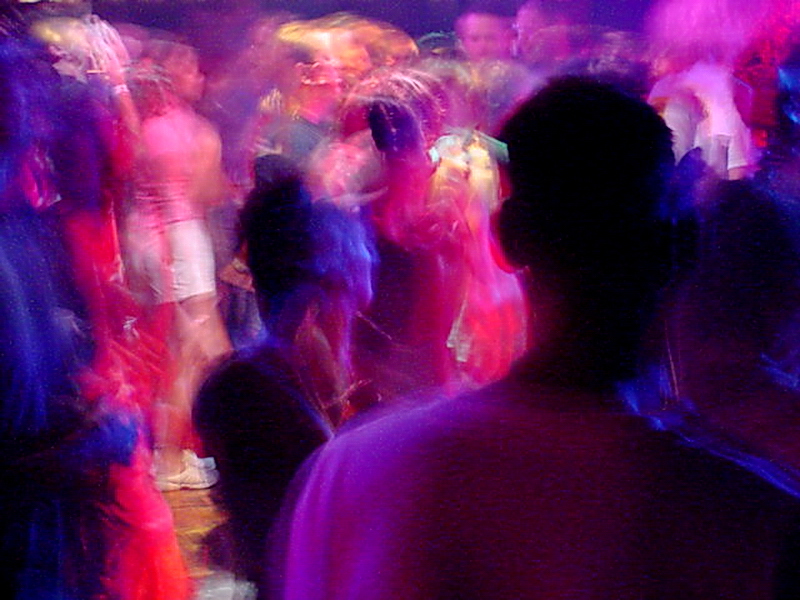Trance
Trance developed out of late 80s Acid House, as well as combining elements of U.K. house, and 80s Detroit and Chicago sound (16 & 17). DJs were trying to branch out of that commercialized house sound by experimenting with TB-303 and TR-909 sounds, giving trance a more melodious focus than Acid House. Many consider the 1990s hits Age of Love by Age of Love, and Dance 2 Trance’s We Came in Peace as the first tracks to reflect elements that pioneered trance as its own genre.
Trance started to emerge from the underground scene in about 1993. Names that are popular in the scene today, like Paul Van Dyk, BT, and Ferry Corsten, were bringing trance to the European clubs. It wasn’t until about 1996 and 1997 that trance experienced its commercial expansion. Trance reached new heights as the European club scene expanded to the island of Ibiza. Other artists like Paul Oakenfold and John Digweed were pioneers of the trance club scene in Ibiza. Paul Van Dyk and BT are some of the first to use that epic style that we’re so familiar with today. PVD and BT collaborated to produce BT’s 1997 Flaming June, which goes on to be one of the top trance hits of the late 90s. The PVD remix is also staple in trance history, so it’s only fitting that these artists are highly influential in our scene today.
Poptronica
Similarly with the techno category, it’s hard to narrow down exactly where electronic music gained momentum in different parts of the world. But one thing we certainly know for sure, Daft Punk is one of the pioneers of electronic infusion and pop tunes. It all started with their first techno style release, The New Wave in 1994, but it wasn’t until their 1995 Da Funk that they achieved U.K. mainstream success. In 1997, the duo started their own label, Daft Trax, where they released their first studio album Homework, which many consider to be a monumental electronic album. The album would catapult Daft Punk into mainstream success, with their track Around the World gaining them popular regard outside the European sector.
While poptronica and electronic centered music were garnering European attention, it still remained lackluster in the eyes of the American mainstream. It wasn’t until Eiffel 65’s 1999 anthem Blue (Da Ba Dee) that electronic music evolved out of the U.S. underground scene. At the time, many considered America as the “land of rock and roll,” and viewed electronic music as unconventional. Along with that commercial acclaim in the U.S., Eiffel 65 is also one of the first groups to work with pitch correction and auto tune. The imprint of Blue Da Ba Dee made a lasting impact on electronic music and young milllenials. Plus, it caused momentum for artists of various genres, related to auto tune and poptronica style, in the 2000s.
Heavy Electro / Dubstep
One of the later sub-genres to emerge, dubstep, grew from elements of DnB and U.K. garage in the late 90s. Some of the earliest pioneers of the genre include Horsepowers, El-B, and Benga in early 2000s U.K. Many of the first dubstep pioneers developed their technical style at Big Apple Records store, as several artists worked there for a period of time or purchased records there. It wasn’t until the mid-late 2000s and 2010 that dubstep gained mainstream momentum, especially in the U.S.
Lorin Ashton, also known Bassnectar, got his beginnings at house parties, while studying electronic music at University of California Santa Cruz. He later began to garner attention for his Burning Man sets, where he would often play up to seven a night. Bassnectar released his first album in 2001, Freakbeat for the Beatfreaks, on his own label. In 2004, he released his fourth album Diverse Systems of Throb, which expanded his mainstream audience. Bassnectar later collaborated with Ellie Goulding and Lupe Fiasco, bringing a variety of experimental sounds mainstream. His music is reflective of his strong activist streak, while working to promote political and social causes, and a positive community. As Billboard described him, “the Jesus-haired Bassnectar. . . is the closest thing American bass has to a tribal elder.”
The next artist pioneered more of a sound related to dubstep in comparison to the genre itself. While Justice had other, more popular hits later on, like D.A.N.C.E, their debut single provided a unique, bass sound. Justice’s 2005 Water’s of Nazareth paved the way for electro and heavier distortion in dubstep. Although this group was not the first to distort synthesizers, it combined a heavier punk-sound with mainstream, big-room electronic music. The style that grew out of this track is reflective in big names like Skrillex, who brought dubstep into the U.S. mainstream in 2010 with Scary Monsters and Nice Sprites. In contrast, Skrillex focused more on the in your face, distorted and gritty mechanically fluctuated bass.
Intro | 70s-80s | 90s-2000s (Techno, Jungle/DnB, Trip-Hop) | Classics That Are Still Important Today
Important things happen in Pacific Northwest nightlife, and DMNW will send you alerts!
ig: emmavh_19


